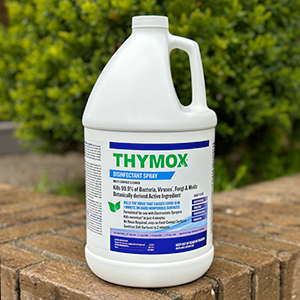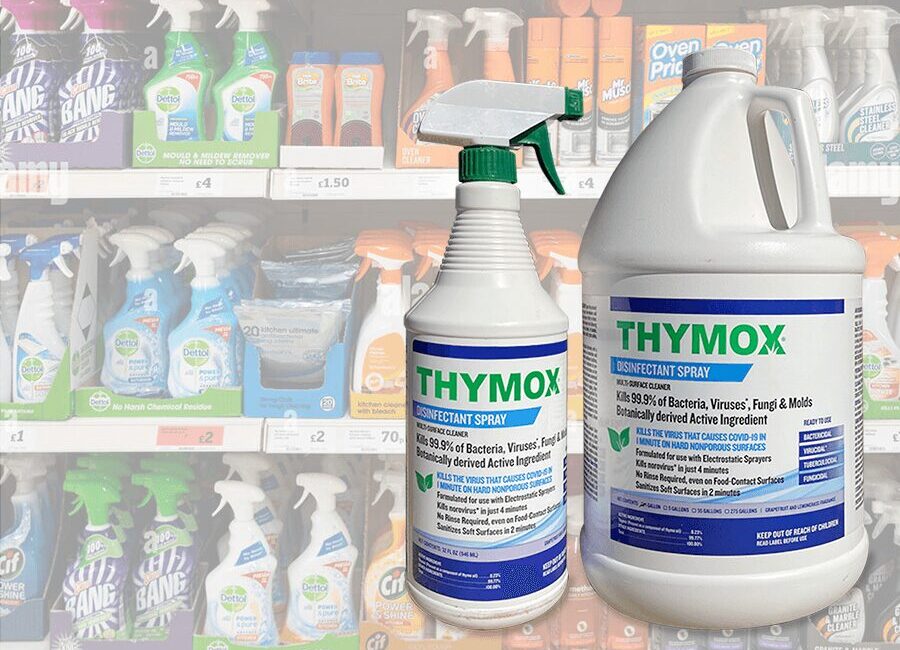COVID taught us the importance of doing everything possible to prevent the spread of contagious diseases. Along with that, advertising claims about cleaners, sanitizers and disinfectants spread as quickly as COVID.

COVID may be relatively under control now, but EHV-1, strangles and influenza are among the bacteria and virus-borne diseases we worry about for our horses and pets. Especially when traveling to shows and exhibitions where contact with other people, horses and animals is a risky reality.
Making sense of claims about what cleaners, sanitizers and disinfectant products actually do continues to be a challenge for us horse and pet owners.
Thankfully, the Environment Protection Agency has a helpful information. This includes what to look for in products for both effectiveness and safety for humans and animals. The EPA tests and regulates products that “sanitize†or “disinfect.â€
Definitions and Distinctions
Per the EPA, “sanitize†means to “kill bacteria on surfaces using chemicals.†Whereas the EPA defines “disinfect†as meaning to “kill viruses and bacteria using chemicals.â€
A disinfectant “is a substance, or mixture of substances, that destroys or irreversibly inactivates bacteria, fungi and viruses, but not necessarily bacterial spores in the inanimate environment – such as hard surfaces.â€
Disinfectants are the broader, better option to prevent disease spread.
“Chemicals,†by the way, can be plant-derived compounds or synthetic.
The Agency does not regulate “cleaners†that simply remove dirt and organic matter from surfaces using soap or detergents. Many disinfectants and sanitizers contain cleaning agents, so they can do double duty at home and in the stable.
Read The Label!
The EPA regulates disinfectants to ensure they meet specific standards before they can be used by the public. The EPA clarifies that disinfectants are pesticides and can be harmful.
Reading product labels carefully and using as instructed are critical. Products registered by the EPA have been evaluated and the wording on their labels approved for accuracy. This includes whether the product needs to be diluted, how long it needs to stay on the applied surface to be effective and in what forms in can be used – sprays, wipes, etc.
Choosing Efficacy & Safety
Thymox is distinct in the disinfectant category because it is EPA registered, proven to kill 99.9% of viruses and bacteria and rated in the Agency’s safest category for use on humans and animals.
Thymox enhances the antimicrobial power of thymol, from the plant thyme, with a blend of botanical soaps and additives. It is effective and easy to use, while also being safe.
The active ingredient in other disinfectants with similar efficacy can be toxic. These include hydrogen peroxide, bleach and quaternary ammonium compounds.
The Environmental Protection Agency has four categories of toxicity for hard surface disinfectants – from Category I, which is “highest toxicity,†to Category IV, which is the lowest toxicity and defined as safe for use.
Toxicity levels usually correlate to harshness, too. Bleach, quaternary or hydrogen peroxide-based products can irritate or damage skin and eyes, trigger allergic responses and/or corrode the surfaces to which they’re applied.
Typically, masks and gloves are recommended when applying products based on these active ingredients.
Thymox is an EPA category IV product. As such, Thymox can be confidently used on any surface in the stable or home. Its label has no warnings or special handling directions. It is non-abrasive and non-corrosive.
The efficacy of thymol is enhanced by Thymox’s delivery mechanism – a “nano emulsion†that allows accurate and stable dispersion of the active ingredient. In practice, this means that Thymox delivers billions of nano-sized droplets with each spray, for superior killing effect.
Unlike many disinfectants, Thymox is a ready-to-use product. It does not need to be diluted or mixed before application. It does not need to be rinsed or wiped off after use – even on food-contact surfaces.
As a bonus, Thymox has a pleasant, natural scent.




